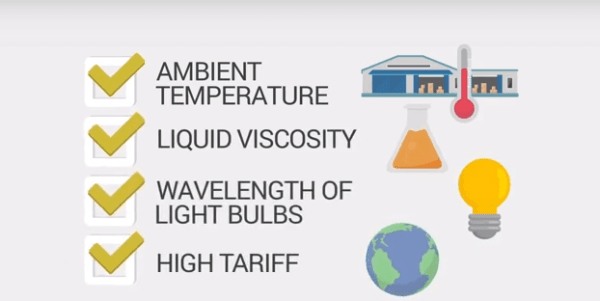What Are Attributes and Attribute-Based Planning in Supply Chain Planning
Most supply chain professionals and planners think of finished goods when they hear attributes. But attributes are present in every part of the supply chain from suppliers to raw materials, machinery, products and distribution centers. Attributes define the specific properties of each object. Output quality produced by a machine, a qualified supplier for a given customer, surface tension or shade of a WIP material or likelihood of late delivery from a supplier are all examples of attributes of objects in the supply chain. More importantly, attributes are not static. They change as the supply chain changes. For example, when you acquire other companies into your supply chain, when you get new subcontractors, when you add or delete products, when new customers are added and delivery policies change and when a piece of equipment delivers lower quality as it ages. To this end, supply chain digital representation, its digital twin, needs to be very flexible and have the ability to change and grow as your organization changes and grows enabling your business to become greener and more sustainable.
Attribute are absolutely critical to every supply chain planning process. They help to maintain the supply chain in a way that is a true representation of the supply chain both in terms of structure and behavior. They also help to define your changing business rules without having to use developers to make changes to the supply chain planning system. Below are highlights of the functions and benefits enabled by attributes.
Flexibility
As your supply chain changes so does your business rules and your priorities. Attributes have the ability to define the new environment without having to re-code the supply chain planning software. Using Boolean expressions, they help to define your updated model of the supply chain by introducing the properties of the new changes in business rules, procedures or policies. Thus, the supply chain planning application keeps molding itself into your new environment.
User-defined constraints
Attributes because of their nature act as user-defined and dynamic constraints. For example, if only a new sub-contractor is to be used or a new sourcing strategy is to be deployed, then attributes define this as a new constraint. Of course, just having a constraint is not good enough; in addition, one needs to have the architecture of the system designed in a way that takes into account attributes/constraints into account while searching for an optimal plan. As such, attribute-based planning forms an AI expert system that finds the solution and is constantly trained to improve its performance over time as needed.
Scalability and SKU Reduction
Attributes allow defining generic bills of material, generic routings, generic finished goods as well as generic intermediate goods without having to define a unique bill of material for every little variation in the product or production process. One can define a generic product and then add attributes as needed. For example, if a customer demands the use of a certain qualified supplier for the same product, then there is no need for a whole new BOM or routing for this specific customer. The same BOM is used with an added attribute. They also help pegging the right WIP to the final order. For example, depending on the shade or texture of a fabric, the WIP lot may no longer meet the original properties of the final order and therefore the WIP is pegged to some other order which is not bound by this constraint. In the absence of attributes, substitution parts are defined leading to explosion of part# numbers and BOMs and routings. Use of attributes also helps to use a lot less memory leading that helps to make the system faster by orders of magnitude and be scalable. As it can be imagined makes the master data also a lot smaller and drastically more manageable to maintain.
Digitalization
Digitalization is the process of representing your supply chain by a Digital Mirror©, or as Gartner calls it a Digital Twin. This implies very accurate and detailed representation of the supply chain. Attributes do precisely that. They represent the behavior of the physical supply chain. They allow every detail of all the objects in the supply chain to be represented forming and accurate model. In the absence of an accurate representation, it would be impossible to mimic the supply chain behavior and make the right decisions. Think of an airplane cockpit simulator. It has all the detailed and necessary features and nuances of an actual airplane in operation. In addition, all the external forces such as weather changes, wind directions and instrument malfunctions can be accurately simulated. For a supply chain to get to that level of accuracy, attributes are a must.
Enable Deep Learning
Neural networks can be used for forecasting by taking attributes of products and algorithms and try to classify them. They find patterns of what policy works best for which products based on their attributes such as their life cycle, region, quantities, frequency of usage, seasonality and many more factors. To this end, once the attributes of products (new or old) as well as policies are given as input to the network, then they can be trained to make inferences as to what policy is suitable for what product for best forecasts. Likewise, they are used for clustering groups of suppliers, customers, processes amongst others such that exceptions and abnormalities in the supply chain can be identified.
In summary attributes are digital representation of the behavior of every aspect of the physical supply chain and its nuances. Attribute-based planning is the ability to find plans or solutions that take into account the value of these attributes in sourcing, making, distribution, and transportation. For more detail on this topic and other related topics click Here.



